Dubai nursery Salmonella outbreak latest: What parents need to know now about food poisoning.
Following the news of a suspected Salmonella outbreak across several nurseries in Dubai, SchoolsCompared spoke exclusively to Dr Abin Vijayan, Specialist Paediatrician with Prime Medical Center Burjuman Branch Dubai, to find out more about the illness and how parents can help children suffering from it.
What is Salmonella?
Salmonella is a kind of rod-shaped bacteria with many different types, which can cause infections that make people sick. Salmonellosis is the name for the most common infection with Salmonella bacteria, which causes gastrointestinal symptoms.
What are the symptoms of Salmonella?
“The main symptoms of food poisoning caused by Salmonella bacteria is nausea, frequent vomiting, crampy abdominal pain, loose stools with or without blood, and fever,” says Prime Medical Center’s Dr Vijayan.
How do you catch Salmonella?
Salmonella live in the intestines of people and animals. People can get Salmonella infection from a variety of sources, including:
- Eating contaminated food or drinking contaminated water
- Touching infected animals, their faeces, or their environment
What foods can harbour Salmonella?
Although Salmonella bacteria is often found in foods such as meat, poultry, eggs or milk that has been left out or not cooked properly, it can also be present in many other, less expected foods – including organic lettuce, raw fruit and vegetables, and cooked potatoes.
What is the difference between food poisoning and regular stomach virus?
While a stomach virus tends to pass on its own, a food poisoning infection such as Salmonella – which is when the body becomes infected with Salmonella bacteria from eating contaminated food – might need to be treated with antibiotics. Here are some clues to tell the difference:
- Timing
The time of onset is key, says Dr Vijayan:
“Viral infection can present with symptoms 1 to 3 days after you are exposed or infected.”
“But food poisoning presents within 6 hours of consuming the infected food. Some food poisoning can even present within an hour of consuming, as its’ due to the toxin released by the organism present in the infected food.”
However, the Center for Disease Control (CDC) says Salmonella symptoms usually begin six hours to six days after infection and last four to seven days:
“However, some people do not develop symptoms for several weeks after infection and others experience symptoms for several weeks.”
- History
Detective work linking the illness with a common food source can be another sign that the complaint is food poisoning rather than a virus, says Dr Vijayan:
“A history of more than one family member presenting with similar complaints who had the same food is the second clue.”
A suspected case of Salmonella can be confirmed by lab tests on a stool sample.
How dangerous is Salmonella for young children?
If not treated appropriately Salmonella can be very dangerous, says Dr Vijayan:
“As children are prone to dehydration and they tend to take in less fluid while sick, they can easily become dehydrated – which is when they are low in the bodily fluids that are essential for normal bodily processes.”
“Organisms such as Salmonella and E. Coli can be very dangerous if untreated. So to be safe visiting your doctor is always recommended.”
The CDC adds that Salmonella strains sometimes cause infection in urine, blood, bones, joints, or the nervous system (spinal fluid and brain) and can cause severe disease.
How can parents treat Salmonella at home?
There are varying degrees of severity in each case of Salmonella, so it’s best to let your doctor decide on the best course of treatment. Certain cases might require antibiotics, so it’s important to get the correct diagnosis. Dr Vijayan says:
“Mild cases can very well be treated at home with fluids, electrolyte solution and other supportive medicine.”
“In moderate to severe cases the doctor will decide based on the clinical scenario and laboratory findings how and where to treat for the best outcome.”
When would a child be hospitalised for food poisoning?
“In moderate to severe cases where a child is severely dehydrated, lethargic, not able to take medicine or fluids orally, the fever is not controlled and there are frequent loose stools, the child will be hospitalised and treated with medicine and fluids via intravenous route.”
How to prevent food poisoning
Dr Vijayan shares his advice for avoiding food poisoning:
- Washing your hands thoroughly
- Washing leafy vegetables properly, which may get contaminated with the organic fertilizers used to grow them.
- Food should be stored, cooked properly and consumed before the expiry.
- Stomach flu can be airborne so contact precautions and isolation can control the spread of infection.
- Healthy eating and healthy drinking can boost your natural immunity.
Have you been affected by the food poisoning outbreak? Please contact us in complete confidence: [email protected].
© SchoolsCompared.com. A WhichMedia Group publication. 2022. All rights reserved.















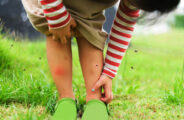









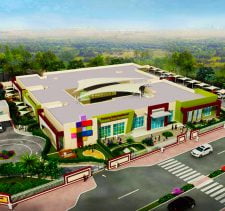












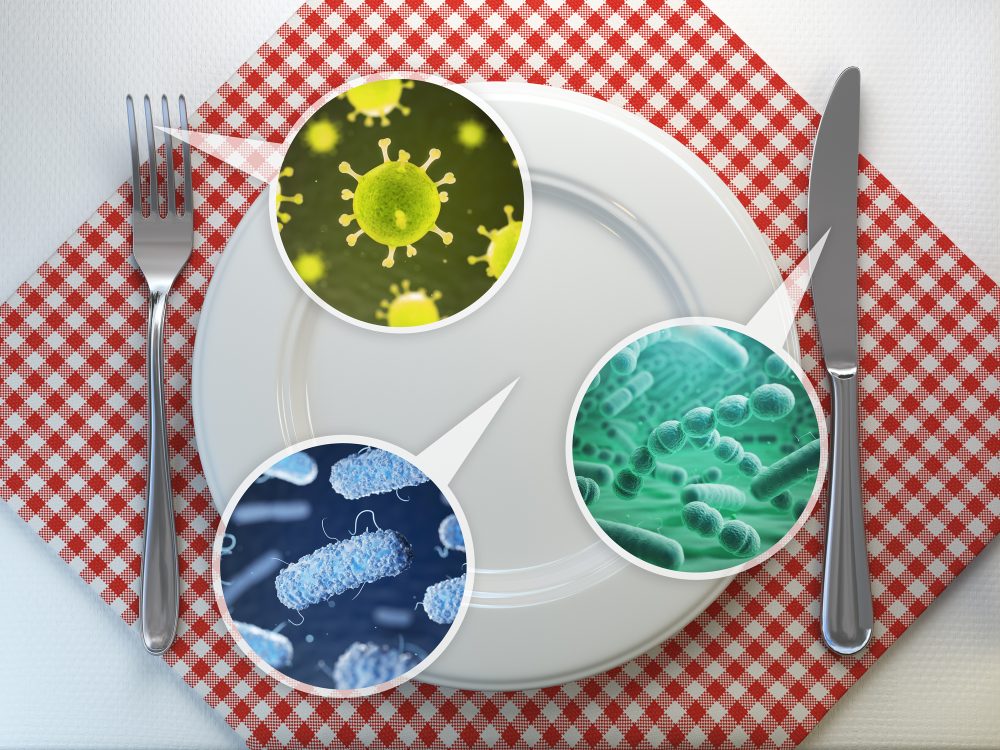

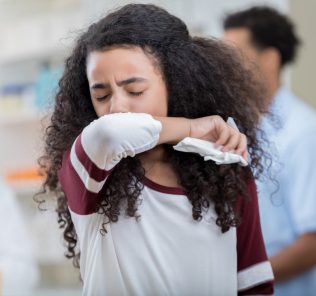
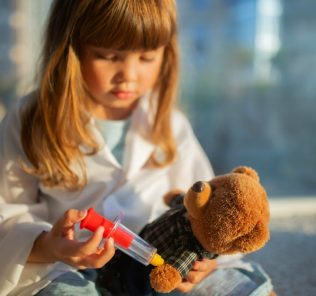
















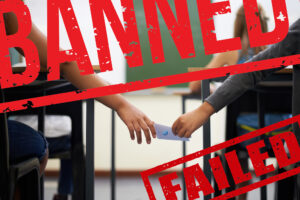

Leave a Response